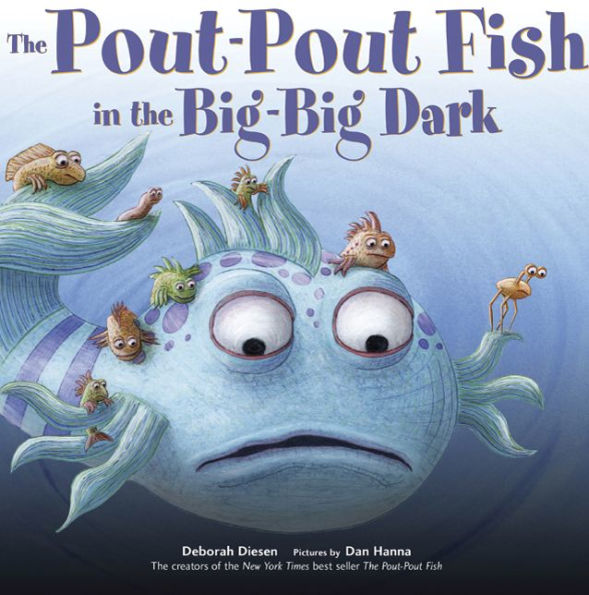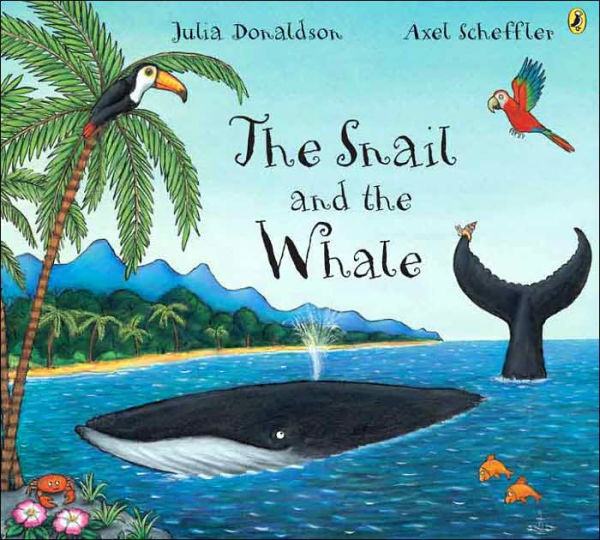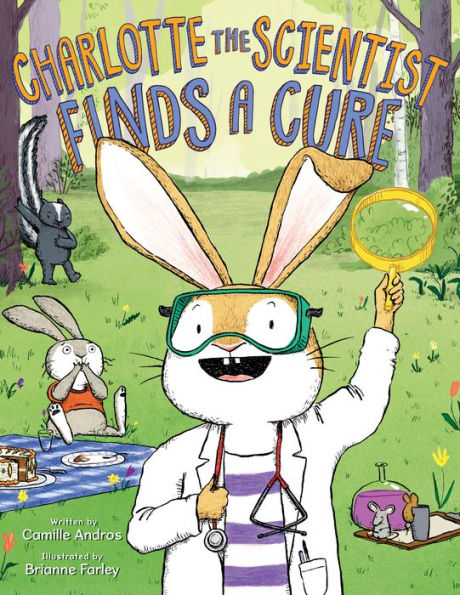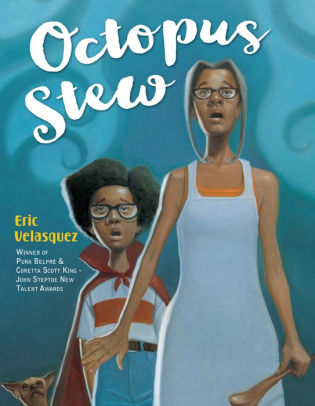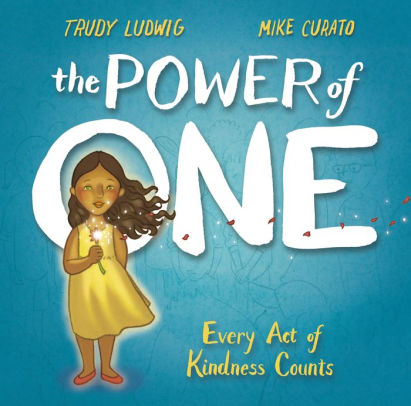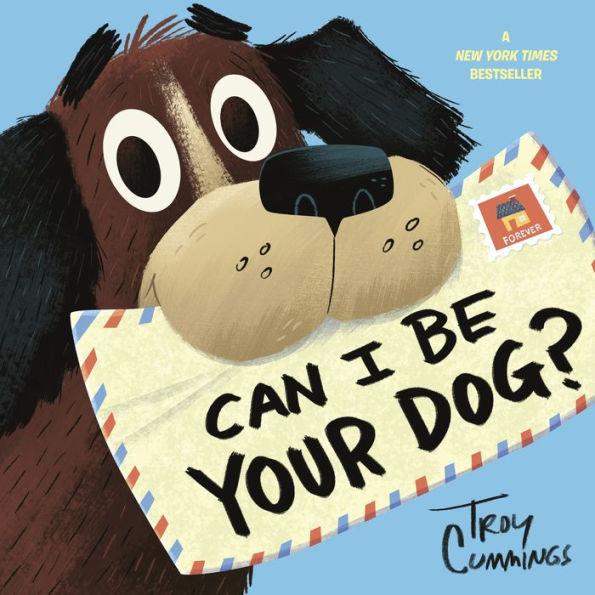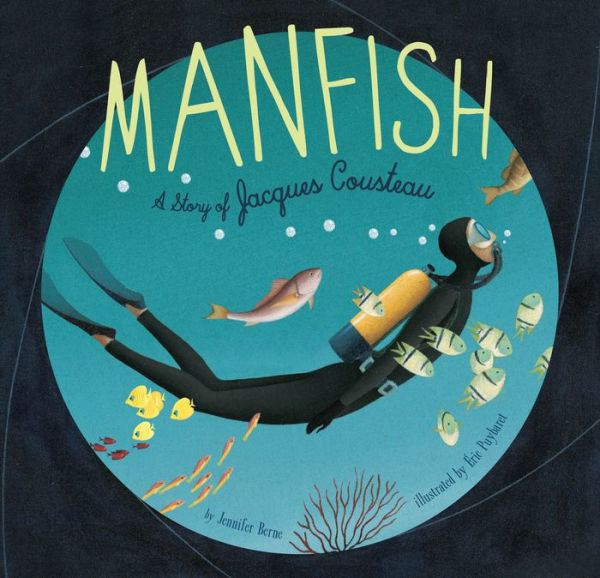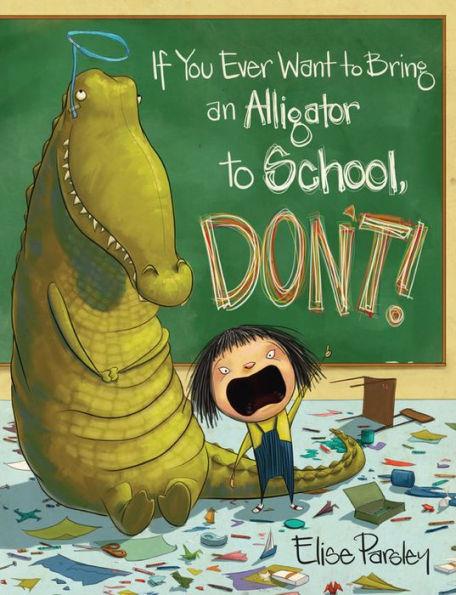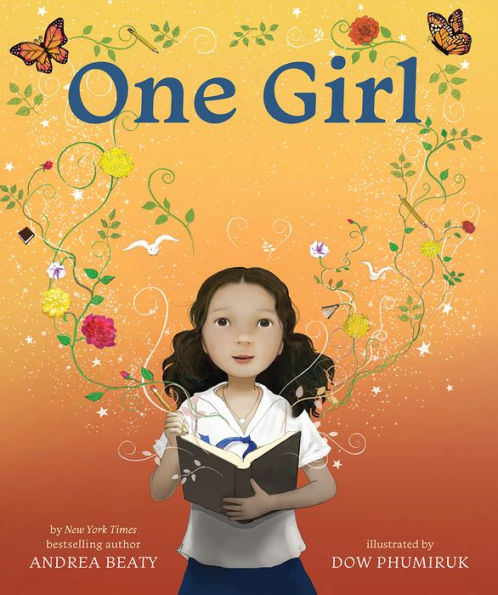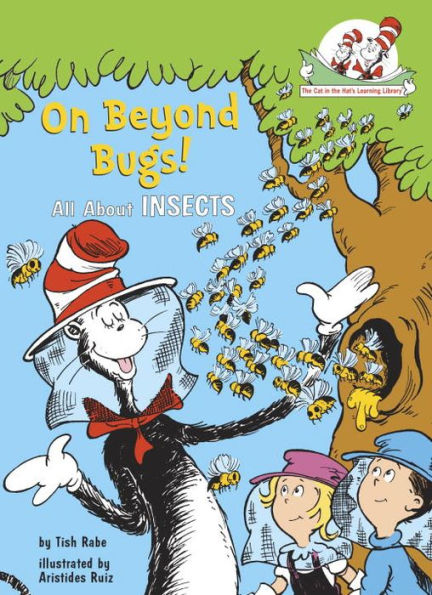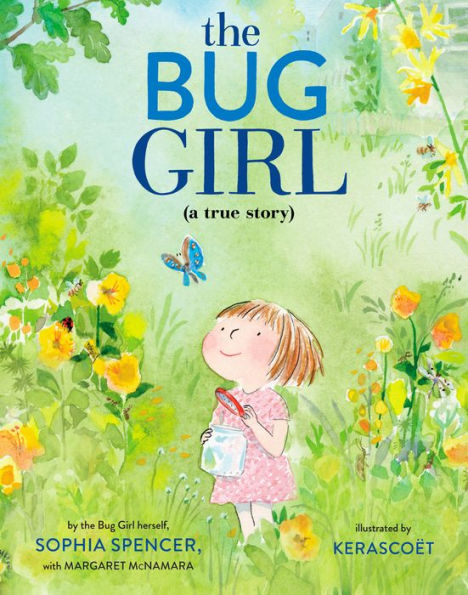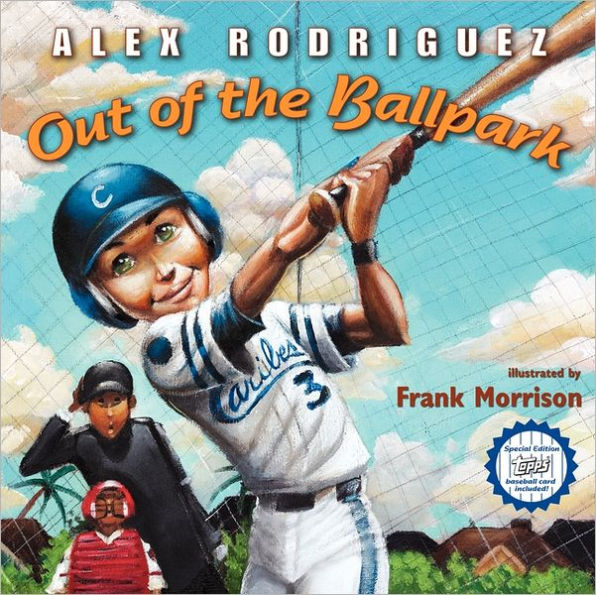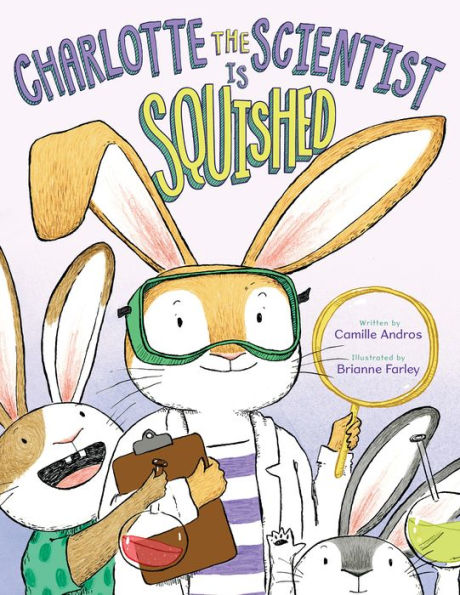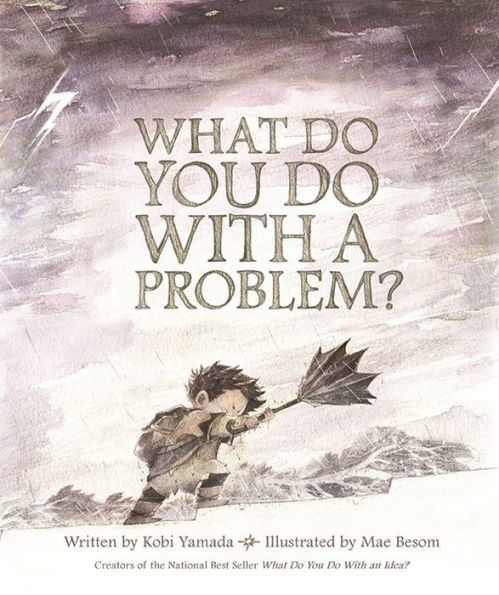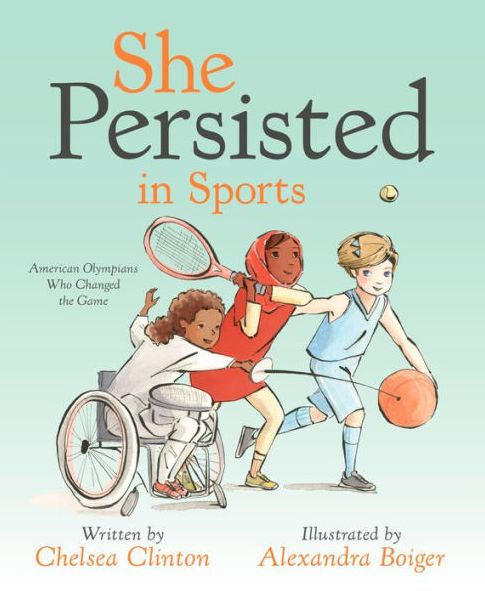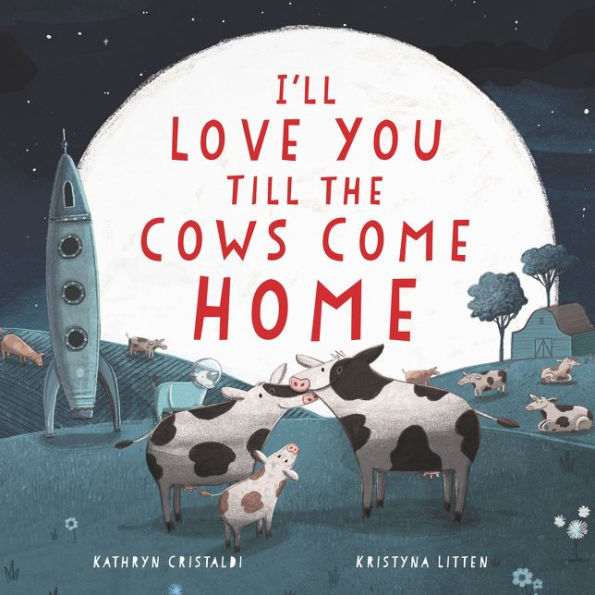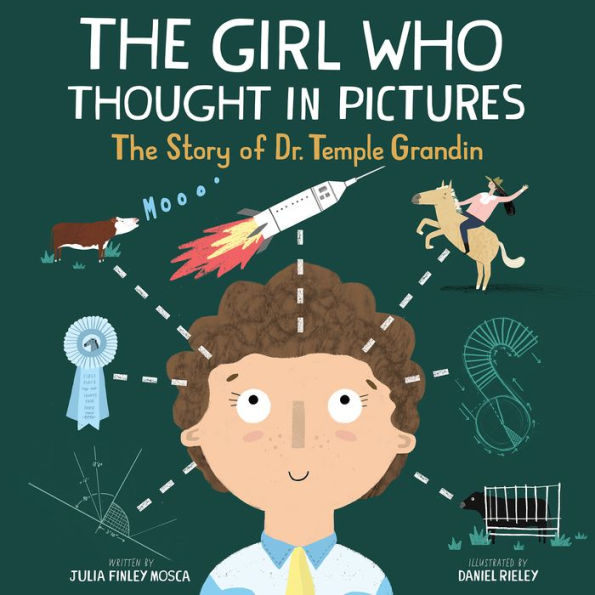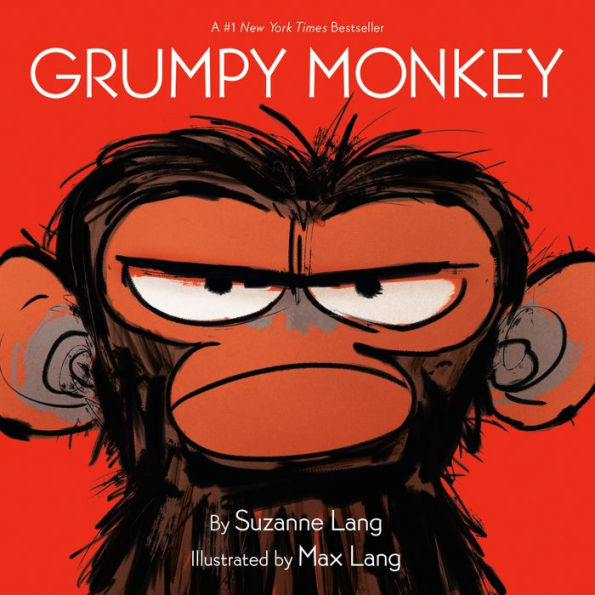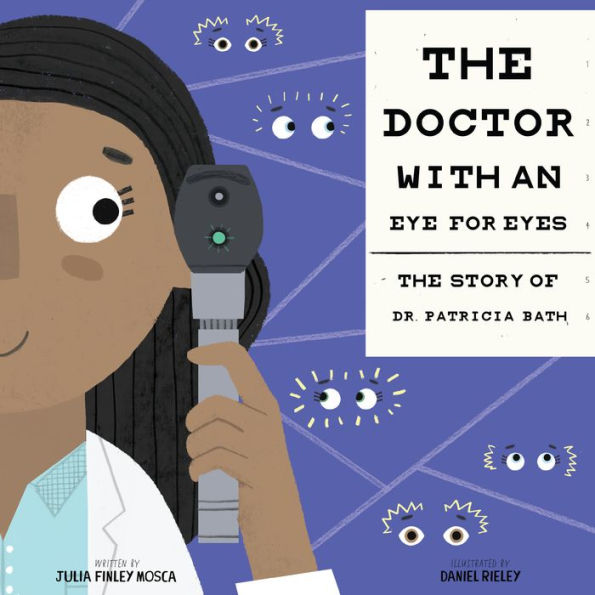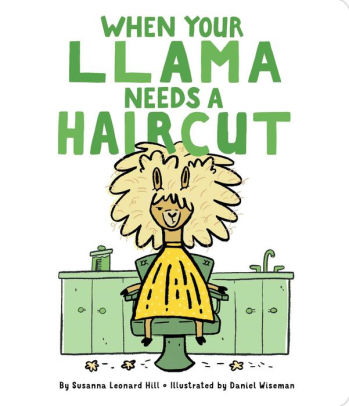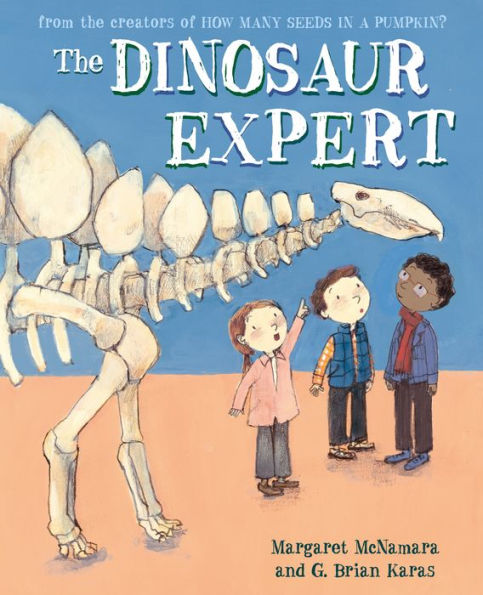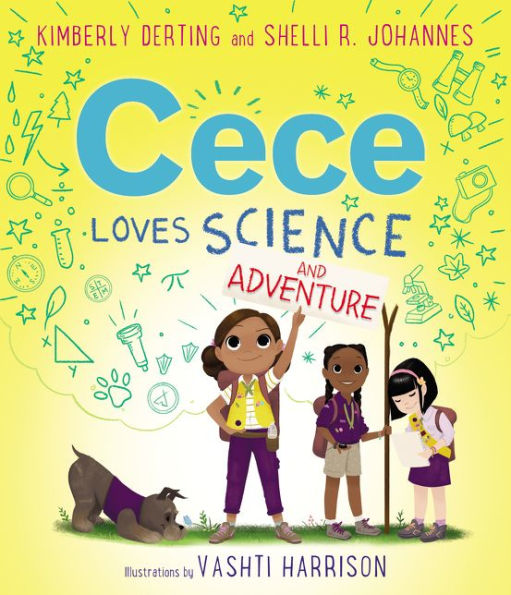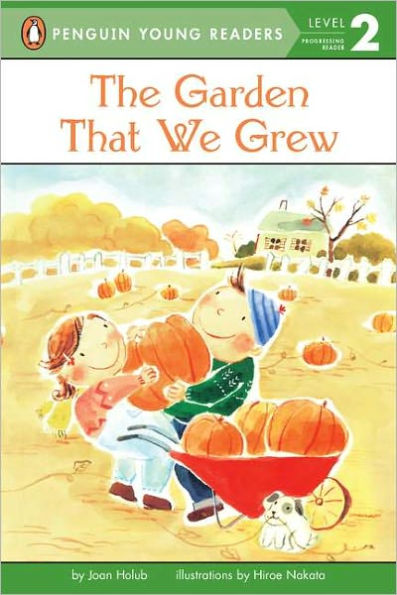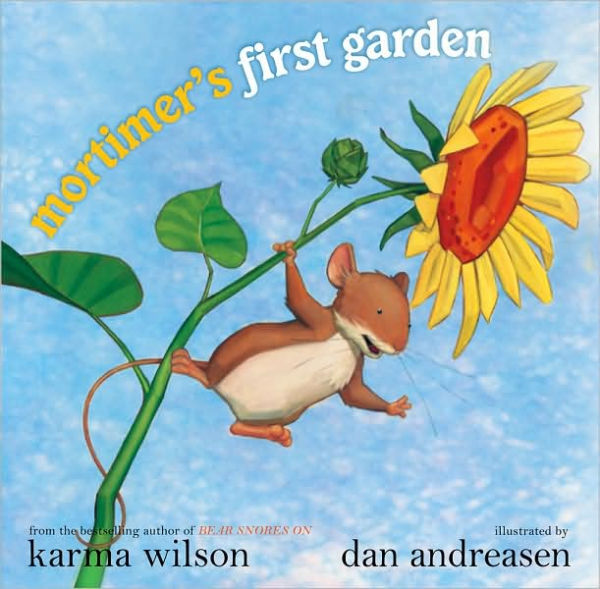Mrs. Clam loses her pearl and Mr. Fish promises he will find it. But when he goes looking for the pearl, he can’t find it in “the busy bottom land.” Then he hears a voice whisper, “It’s further out to sea!”
Mr. Fish is nervous about swimming deeper and his “heart flit-fluttered.” Even though he is scared of the dark, Mr. Fish keeps looking for the pearl. Mr. Fish has to go deeper and deeper into the sea. Miss Shimmer encourages Mr. Fish and “they swam down together. Holding fin to fin.” A lantern fish lights the way, and Mr. Fish finds the pearl.
The Pout-Pout Fish in the Big-Big Dark is a super cute story about friendship and fear of the dark. Young readers will relate to Mr. Fish, who wants to help his friend but is afraid of going into the dark part of the ocean. Throughout the story, Mr. Fish repeatedly says, “I’m fast as a sail ship, I’m strong as a shark, I’m smart as a dolphin, but I’m scared of the dark.” Readers will learn that there is no reason to be afraid of the dark, but that having a friend near will help you overcome your fear. In the end, Mr. Fish learns, “The ocean is wide, and the ocean is deep, but friends help friends—that’s a promise we keep.”
While Mr. Fish is looking for the pearl, he hears a voice whispering. In the end, Mr. Fish finds out that the voice belonged to Miss Shimmer. Even though Miss Shimmer’s words were encouraging, parents may want to talk to their child about the dangers of following a voice.
The rhyming couplets and repeating words make The Pout-Pout Fish in the Big-Big Dark a fun book to read aloud. Each page has 2 to 4 sentences printed in large text and set against a solid background which makes it easy to read. The illustrations perfectly capture the events of the story and show Mr. Fish’s worried expression. Each full-color illustration shows the diverse creatures that are abundant in the ocean. All the illustrations are beautifully colored in shades of blue with pops of color, and many of the illustrations are humorous.
The Pout-Pout Fish in the Big-Big Dark takes a relevant topic and combines it with wonderful sea-creatures that will capture readers’ attention. Young readers will fall in love with Mr. Fish and his friends. The Pout-Pout Fish series will capture readers’ hearts. This is definitely a book series that readers will want to read again and again, both because of the relatable topics and the pictures.
Sexual Content
- None
Violence
- None
Drugs and Alcohol
- None
Language
- None
Supernatural
- None
Spiritual Content
- None
